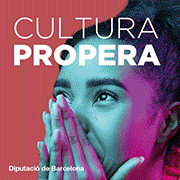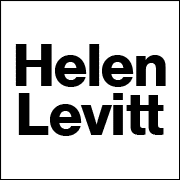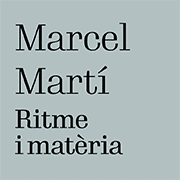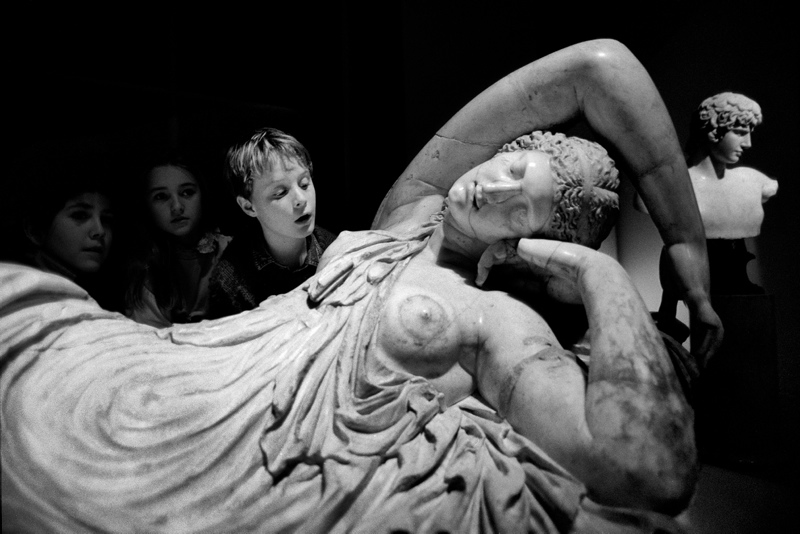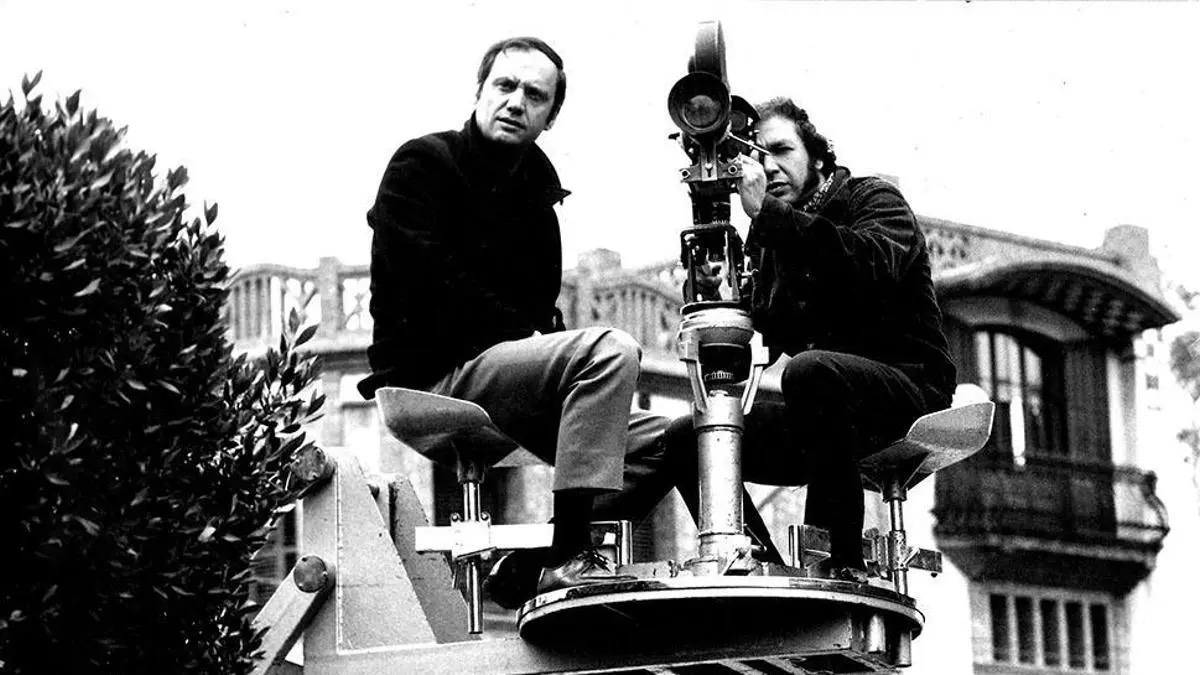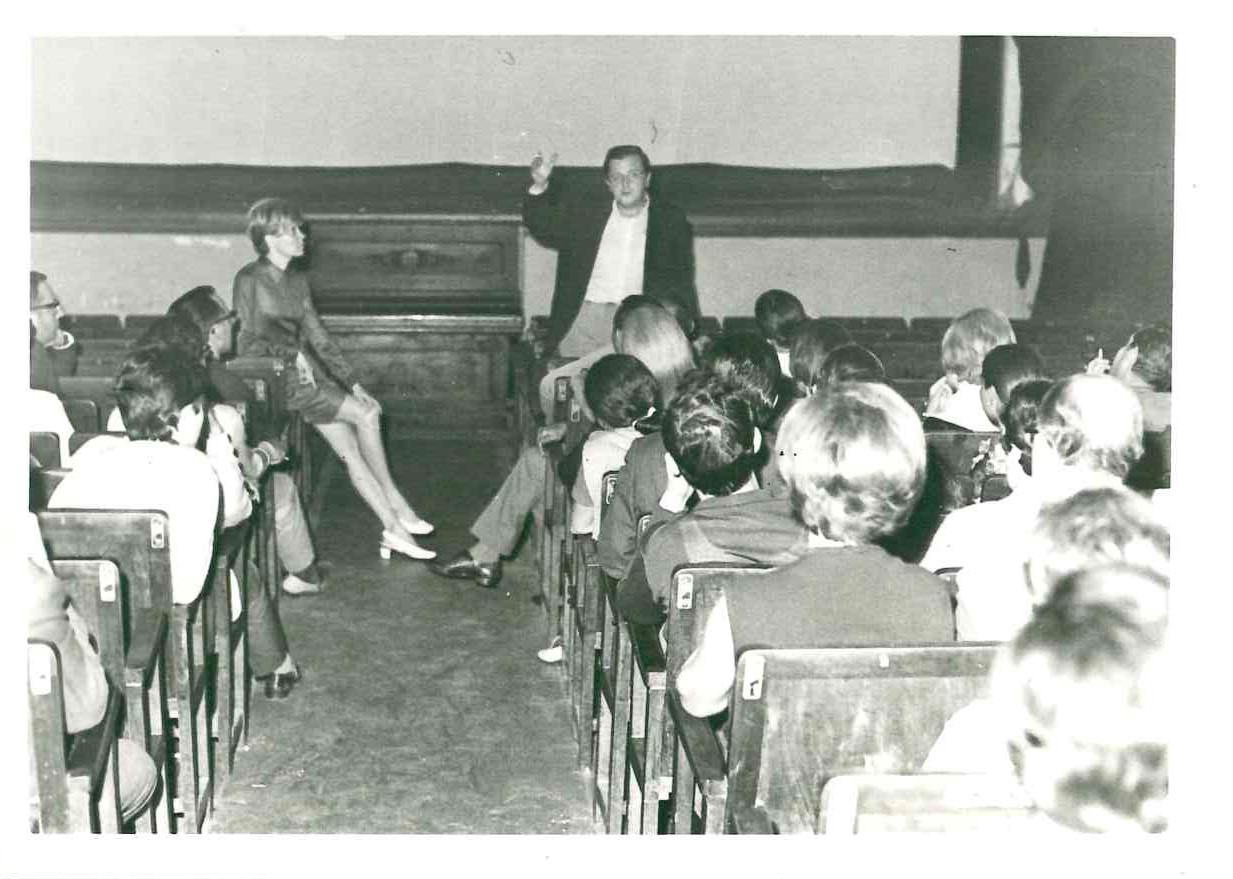Exhibitions
Amie Siegel: quicksand
In Seville, the CAAC becomes a space to rethink the materials, value and structures that shape our world.
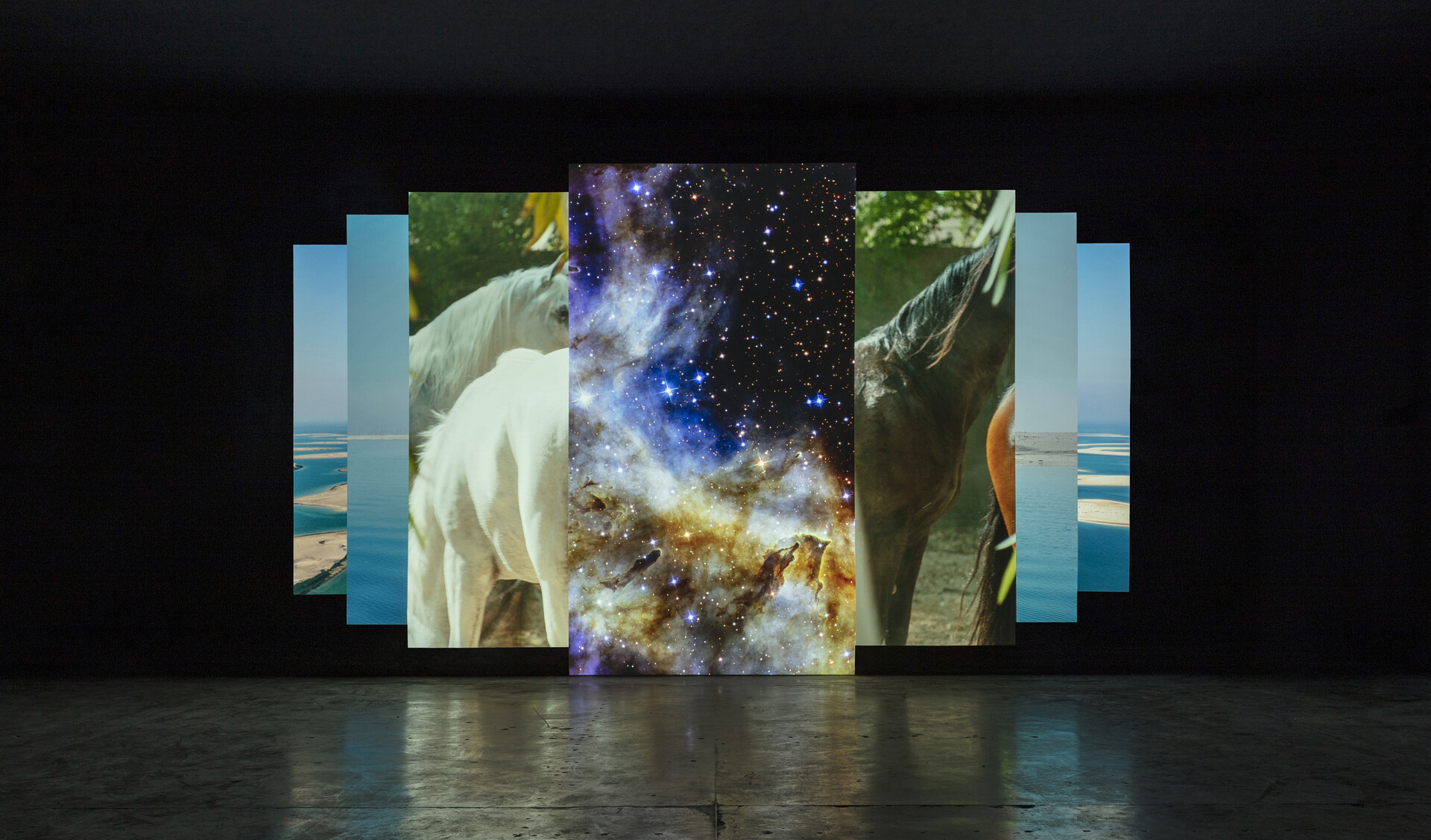
Amie Siegel presents her first retrospective exhibition in Spain at the Andalusian Center for Contemporary Art (CAAC) in Seville under the title Arenas movedizas, a journey that connects materials, spaces and historical contexts with current issues. The proposal has been expressly designed to occupy some of the most symbolic corners of the old Carthusian Monastery of Santa María de las Cuevas, such as the Colón, Profundis or Magdalena chapels, and does so by entering into dialogue with the memory of its previous uses, first as a monastery, later as a ceramics factory. This contrast serves as a common thread in a work that examines how materials circulate, are transformed and interpreted in different eras and value systems.
The exhibition, curated by Yara Sonseca, can be visited until August 31 and brings together works made with very diverse supports: film, photography, sculpture and painting. We find pieces that deal with topics such as geology, economics, memory and the passage of time, often with a critical look at how the material and symbolic stories of the contemporary world are constructed. This is the case of Asterisms (2021), a multi-channel video installation that occupies the altar of the old church and that delves into the landscapes of the United Arab Emirates, where gold factories, oil reserves, artificial islands and migrant labor are shown in a projection that oscillates between sculpture and moving image.
One of the most relevant works in the exhibition is Quarry (2015), a projection that follows the journey of white marble from an underground quarry in Vermont to its appearance as interior cladding in luxury buildings in Manhattan. The piece shows how this material, loaded with classical history, is repurposed as a sign of prestige within the real estate market. The film reveals, behind this apparently aesthetic process, a deeper plot of production, commodification and speculation that links the world of art with the dynamics of capital.
This pursuit of the subject also continues in Dynasty (2017), an installation centered on a piece of pink marble from Trump Tower. The piece, acquired by Siegel on eBay after the 2016 US elections, becomes an object loaded with political, symbolic, and economic meaning. Through various exhibition elements—the stone preserved in a display case, its traceability, a photographic diptych that combines images of marble and books, and a photograph of the original eBay ad—the work activates a critical reflection on authenticity, the collective faith in the provenance of objects, and their ideological weight within the structures of power and consumption.
And in another vein, Marble Dust Paintings (2019) uses marble dust—residue from the stone cutter shown in Quarry—to create a series of paintings that, in addition to being paintings, function as a trace of the industrial process they criticize. The exhibition also includes pieces such as Listening to the Universe (2014), a work created from postcards from science museums that focuses on the unfathomable silence of outer space and our persistent attempts to listen to it, understand it, and connect with what lies beyond and that we do not know.
Born in Chicago in 1974, Amie Siegel has exhibited at centers such as the Carnegie Museum of Art, the Tate St. Ives, the Guggenheim Museum in Bilbao, the Scottish National Gallery of Modern Art and the South London Gallery, and has participated in international biennials such as those in São Paulo, Gwangju and the Whitney. Her works are part of collections such as those of MoMA, the Whitney Museum and the Met in New York, among many others.
Now with Quicksand, Lucy Siegel transforms the CAAC into a space of material and symbolic reflection, where each work invites us to rethink what we often take for granted. Marble, stone or image become indicators of a deeper reality, crossed by flows of production, value and power. The exhibition not only reveals how materials transform over time, but also how they reflect — and question — the social and economic systems that contain them.


